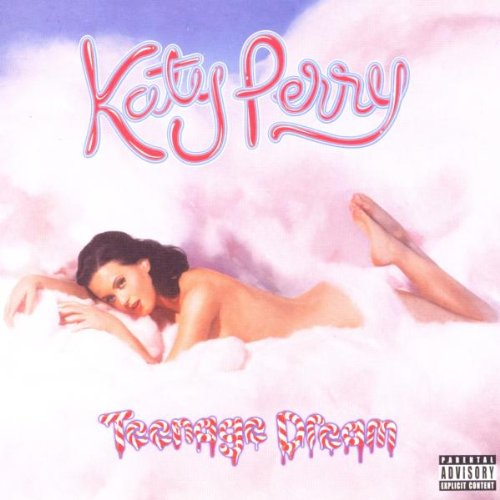This post is a simplistic storyboard using images from the internet. This does not cover all of my shots however helps to build upon inspiration for my piece and portray the imagery I would like to create in my video. Some images may be of female models however they are an inspiration of shot for my male model.
"In a crowd alone" - (00:10-00:15)
Every second passing (00:15-00:18)
Reminds me I'm not home (00:18-00:20)
Bright lights and city sounds are ringing like a drone (00:20-00:25)
Unknown Unknown (00:25-00:30)
Oh, glazed eyes, empty hearts (00:30-00:33)
Buying happy from shopping carts (00:33-00:36)
Nothing but time to kill (00:36-00:38)
Sipping life from bottles (00:38-00:41)
Cocaine, dollar bills (
And... (
01:01-01:04 My sweet little pill
Numb my skin (
(Break) (01:12-01:24)
Four walls are not enough (
01:36-01:39 I’ll take a dip into the
01:39-01:43 unknown, unknown
01:46-01:49 Buying happy from shopping carts
01:49-01:52 Nothing but time to kill
01:52-01:54 Sipping life from bottles
01:55-01:57 Tight skin, bodyguards
02:00-02:02 Cocaine, dollar bills
02:02-02:03 And...
02:03-02:06 My happy little pill
02:07-02:10 Take me away
02:10-02:12 Dry my eyes
02:13-02:15 Bring colour to my skies
02:23-02:26 Numb my skin
02:26-02:47 (Break)
02:47-02:49 Oh, glazed eyes, empty hearts
02:49-02:52 Buying happy from shopping carts
02:52-02:55 Nothing but time to kill
02:55-02:58 Sipping life from bottles
02:58-03:00 Tight skin, bodyguards
03:03-03:05 Cocaine, dollar bills
03:05-03:06 And...
03:06-03:09 (Break)
Take me away (
03:14-03:18 Dry my eyes
03:20-03:23 My sweet little pill
03:28-03:32 Numb my skin
03:32-03:40 (Fade in music)


.jpg)
.jpg)
.jpg)


.jpg)

.jpg)





.jpg)
.jpg)







.jpg)













